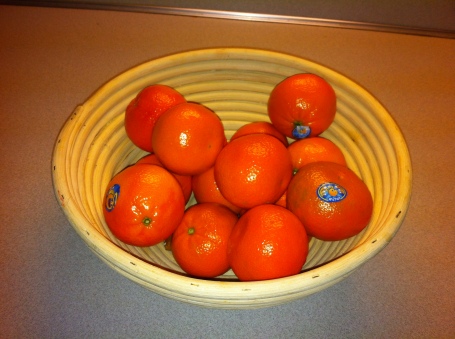Today is Tuesday, February 11th
The topic today is:
Antioxidant # 3: Vitamin E
The last vitamin antioxidant I will talk about is vitamin E. Of course there are many other mineral and phytochemical antioxidants found in foods such as chocolate, but will save that one for Friday the 14th.
Vitamin E is found mostly in unsaturated oils, nuts, seeds, and in whole grains such as wheat germ. Eating salad dressings made with oil and vinegar or crushing nuts in your salads are easy ways to ensure your needs are met. Vitamin E prevents the oxidation of the unsaturated fats and may help protect your cells from damage that lead to other problems such as cancer. Remember, oxidation can produce free radicals and causes instability of a molecule. For example, by preventing the oxidation of LDL cholesterol (the one that builds plaque in your arteries), vitamin E could reduce the risk for stroke and heart problems.
Many studies have been nixed for the health claims of vitamin E touted in the past. It is not a good idea, as I have said previously, to take supplements or eat an excess of anything in an effort to prevent such problems. Balance is the key and the recommended daily allowance 15 mg per day.
Tip of the Day:
“Too many kids (Vitamin E) on the bus, will not allow the other kids (other vitamins, minerals and phytochemicals) to get a seat on the bus, therefore, not everyone gets to the destination needed for the body to work well.” Do not load your bus with excess of one type of vitamin, mineral or phytochemical.
Take Action Today:
- Eat a few nuts or seeds
- Cook with small amounts of oils
- Make a refreshing salad dressing for couscous or lettuce by whipping the juice of 1 lime or an orange into ½ cup of sunflower oil and add cracked pepper.
- Sprinkle wheat germ into your cereal.


